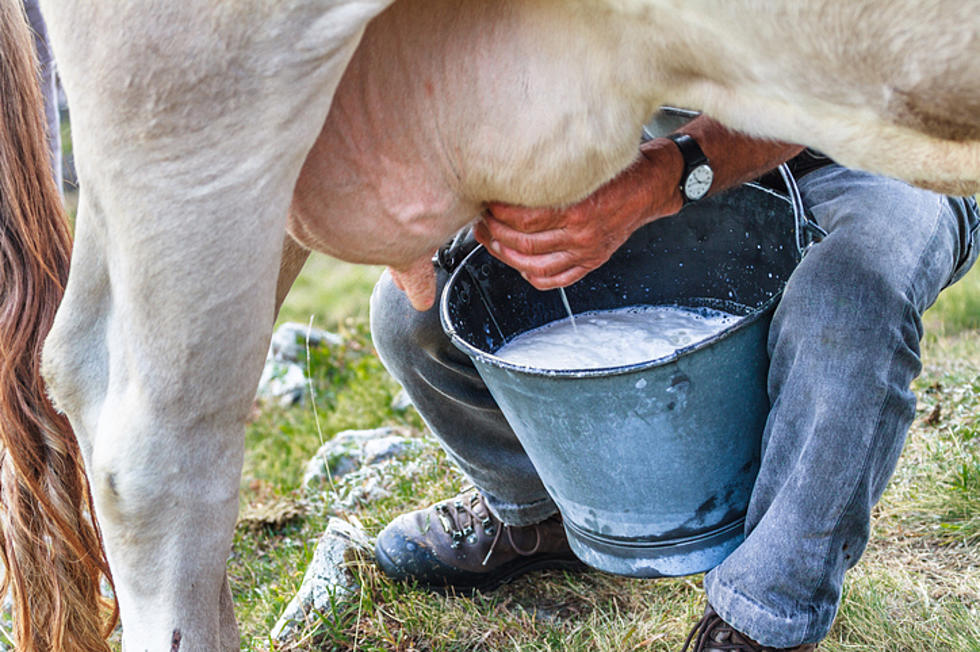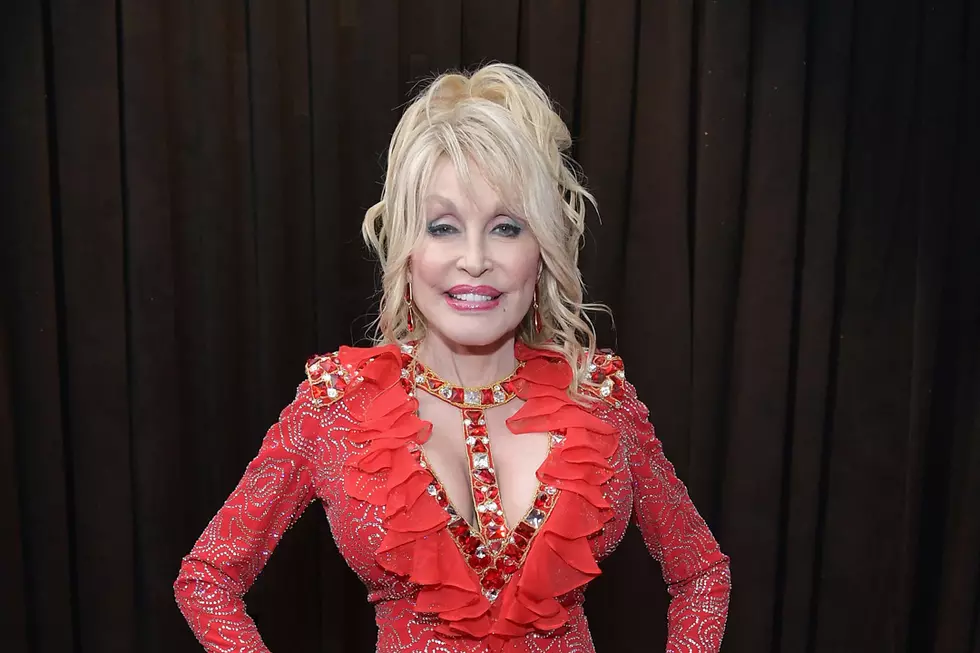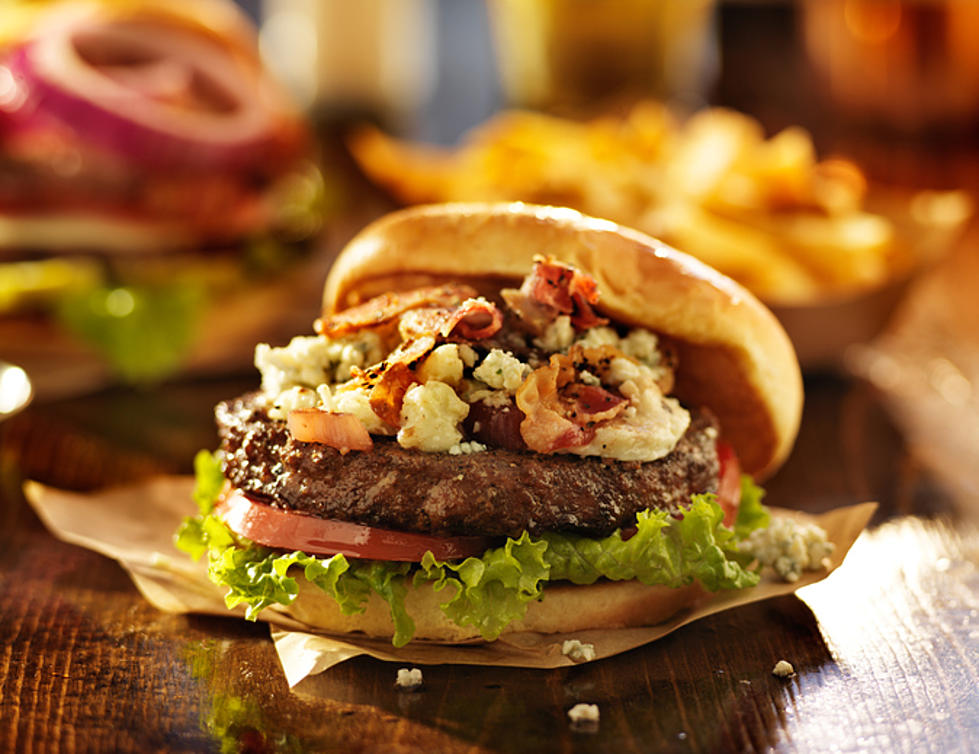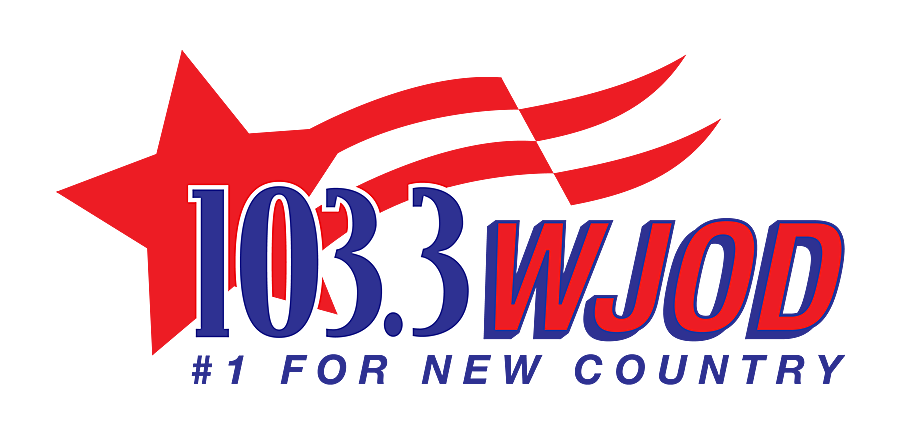
More Iowa Farmers Looking At The Next Steps In Milking Technology
Technology is just as important on the farm today as it is in our homes. Take milking a cow. This used to be a task done entirely by hand, making it hard for farmers to have large herds of cows. As new technology was invented, the industry slowly took to it. For example, the first milking machine was invented back in 1878, however, many farmers were still milking by hand as late as the 1940s.
The same thing can be seen today with robots on farms.
Over the years, robotics and automation have been playing a bigger and bigger role on dairy farms. Over the last, five to ten years, more and more farmers have adopted automated milking systems says Courtney Halbach, Outreach Specialist with The Dairyland Initiative.
“Part of the reasons behind that is because they want to improve labor efficiency as well as milk production. So, we’ve gone and visited 42 herds throughout the Midwest. And we focused on the facility design of these robot herds, as well as labor efficiency,” said Halbach. “And what we oftentimes forget is that now we’re managing the cow differently in an AMS unit versus a cow in a pen that leaves to go to be milked.”
So, when looking into whether your facility can handle the transition to robots, you need to start by looking at the ground level. When you install a robot, you have to think about cows’ access to it. This, said Halbach, can be as simple as widening alleys by two feet.
“So, cows have an easier time moving throughout the different areas of the pen,” said Halbach. “Maybe it’s from the resting space to the feed space, to the robot. We also want to make sure that there’s plenty of space around the robot areas so that there’s limited congestion and cows aren’t having to wait to access the robot.”

Cows are creatures of habit so changing up the barn will require some patience as they get used to the new routine.
“Typically, we advocate for about 55 cows per robot,” said Halbach. “That allows for cows to have enough time to be milked and access the robot. Limits overcrowding in the pen, and we see that this is an easier number of cows to handle for a person per a robot.”
Something you may overthink that is an important consideration is gating and knowing the fastest route for employees to get to cows quickly and easily.
“Gating, although it costs a lot upfront and it's not something you would think of right away, is something that's super important in improving labor efficiency down through the lifetime of the robot.”
As more producers turn to robotic milking systems, they are learning which cows perform best in the new facilities.
“Holstein can be there to help make sure that these robots or these cows are ready for the robots. Maybe it’s udder conformation, legs, teat placement, how much milk outflow there is, and the quality of milk. Cows are different in either a conventional milking herd or a robot herd. And that’s where Holstein can come in with genetics and those resources to make sure that you have the right cows for the milking system on your farm,” said Halbach.
TriStar is a tool that Holstein Association USA offers that can benefit robot operations. The tool allows production data gathered by the milking system to be collected into the herd book and published on Official Holstein Pedigrees.
More information on the technology can be found on the Holstein Association USA website.
10 Questions You Should Never Ask Somebody From Iowa
Yep, You Can Stay in an Actual Iowa Grain Bin!
More From 103.3 WJOD



![Gwen Stefani Shares Never-Before-Seen Video From Her Wedding to Blake Shelton [Watch]](http://townsquare.media/site/204/files/2022/02/attachment-BlakeGwen-1.jpg?w=980&q=75)


![Iowa Dad Reunited with Daughter He Believed Died at Birth [PHOTOS/VIDEO]](http://townsquare.media/site/675/files/2022/02/attachment-Cheryl-Stillman-featured-image.jpg?w=980&q=75)


